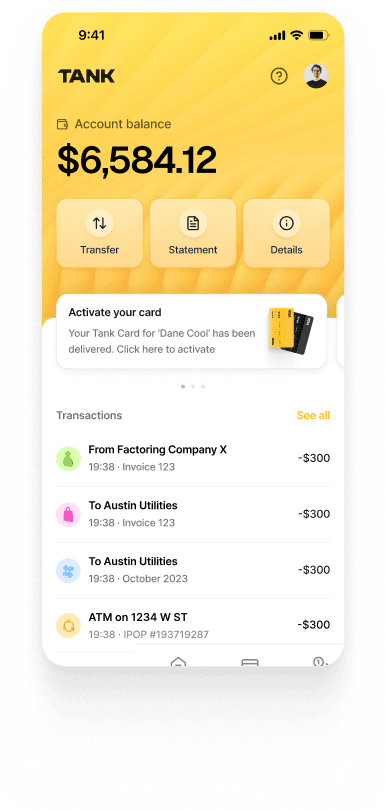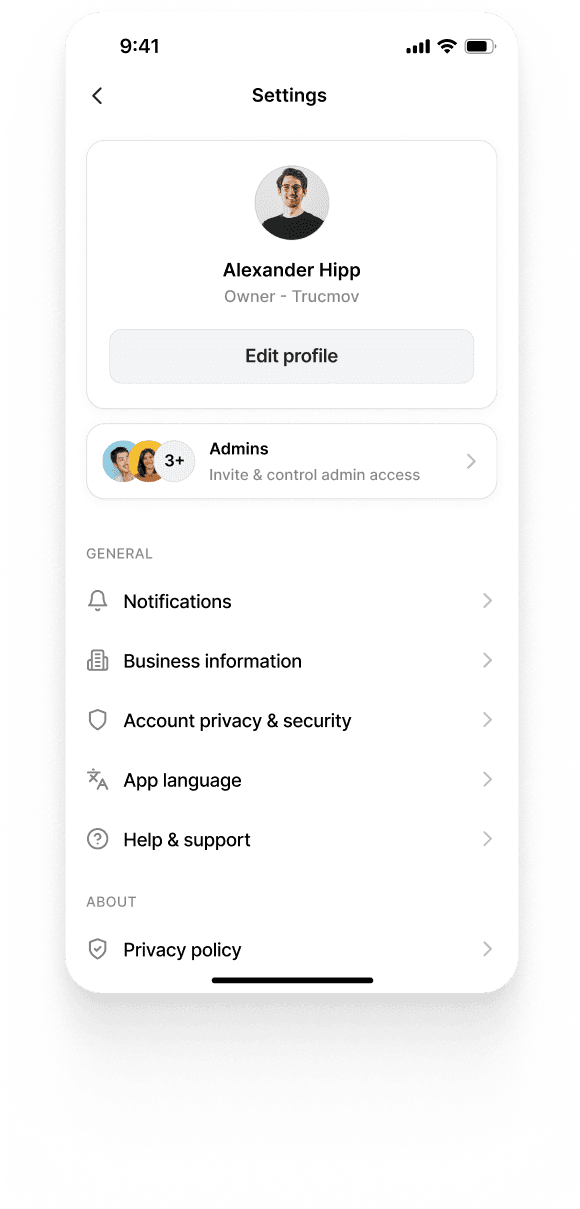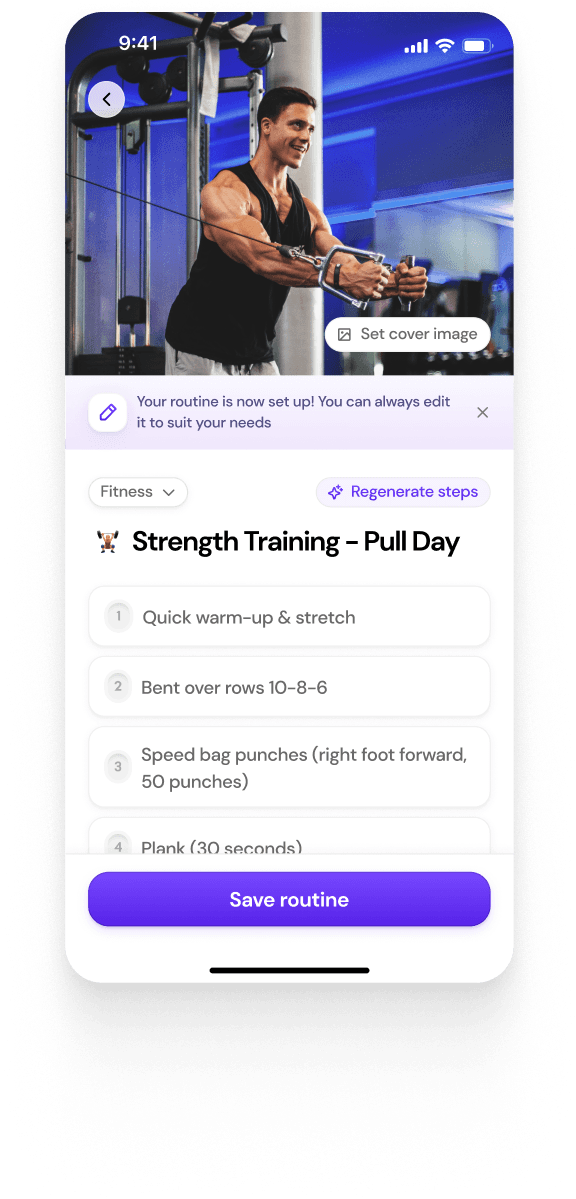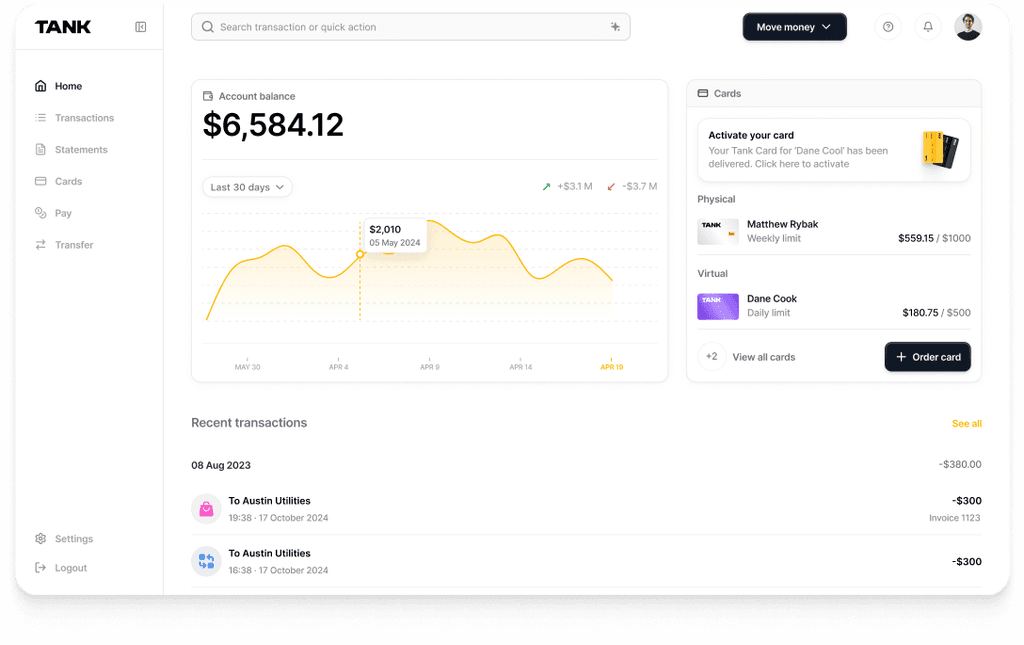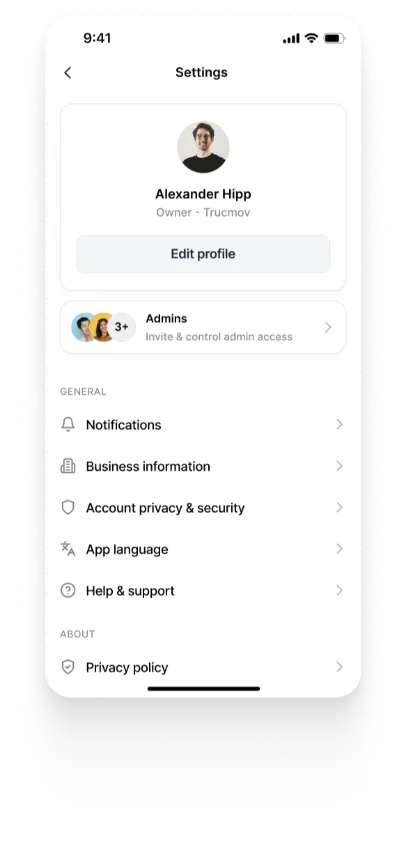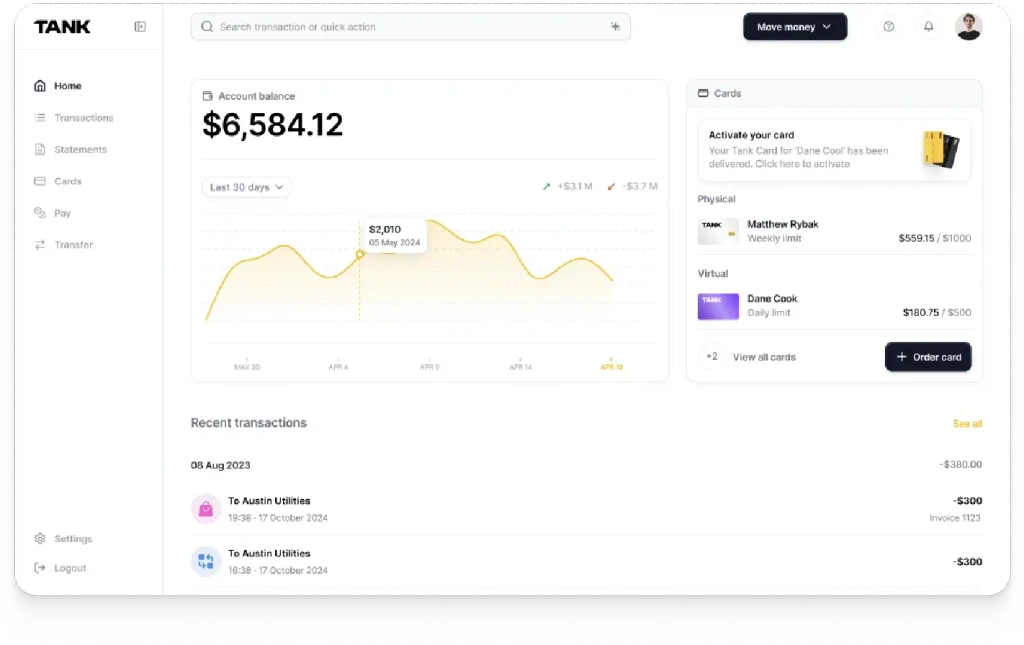What is Groq? Features, Pricing, and Use Cases
Summary
Groq delivers real-time AI inference through its proprietary Language Processing Units (LPUs), offering predictable, high-throughput performance for open-source LLMs and speech models. Its GroqCloud and GroqRack services cater to both cloud and on-premise needs, making it ideal for latency-critical applications like voice AI and media streaming. With energy efficiency and competitive pricing, Groq is redefining scalable inference infrastructure.
Key insights:
Custom AI Hardware: Groq’s LPUs deliver deterministic, high-speed inference tailored for generative AI.
Real-Time Execution: Supports up to 1,200 tokens/sec for lightweight models, ideal for live AI applications.
Multimodal Capabilities: Enables low-latency text, speech-to-text, and TTS for voice-based interfaces.
Flexible Deployment: GroqCloud offers public APIs, while GroqRack supports private, on-premise setups.
Cost and Energy Efficient: Up to 10× more efficient than GPUs, with per-token and batch pricing models.
Enterprise-First Focus: Built for production environments, not local experimentation or training.
Introduction
Groq is an AI infrastructure company that delivers ultra-low-latency inference through a novel hardware-software architecture built specifically for large-scale language model deployment. Unlike traditional providers that rely on GPUs adapted from graphics processing, Groq has designed a custom Language Processing Unit (LPU) from the ground up to optimize for deterministic, high-throughput AI inference. As generative AI moves into real-time applications like voice assistants, interactive agents, and streaming summarization, speed and predictability become critical. Groq targets this segment with a platform built for performance, reliability, and cost efficiency.
Overview
Groq provides high-performance inference capabilities via its GroqCloud and GroqRack offerings. GroqCloud is a fully managed cloud service where developers can access powerful LPU clusters through a simple API. GroqRack is an on-premise deployment option for enterprises that require data residency, private infrastructure, or custom integrations. Both environments are powered by Groq’s proprietary LPU architecture, which is designed to outperform GPUs on token throughput, latency consistency, and energy efficiency.
The Groq platform currently supports a broad range of open-source language models—including LLaMA 3, DeepSeek, Qwen3, and Mistral—optimized for real-time use. In addition to language models, Groq offers capabilities for speech-to-text and text-to-speech applications, further extending its reach into multimodal and latency-sensitive AI workloads.
Key Features
Language Processing Units (LPUs): Groq’s LPUs are custom chips designed solely for AI inference. Unlike GPUs, LPUs offer deterministic execution, which allows for highly predictable latency and throughput.
GroqCloud: A fully managed public or private cloud environment that enables developers to launch models instantly, scale workloads dynamically, and access Groq’s compute infrastructure via a developer-friendly API.
GroqRack: An enterprise-grade on-premise hardware solution, optimized for high-density AI workloads with minimal networking overhead.
Real-Time Inference: Groq consistently delivers inference speeds upwards of 1,200 tokens per second for lightweight models and maintains high throughput for larger ones.
Multimodal Support: In addition to LLMs, Groq supports text-to-speech and speech-to-text models, allowing for seamless integration into voice interfaces and conversational AI systems.
Energy Efficiency: Groq’s architecture is up to 10× more energy-efficient than conventional GPU-based deployments, reducing both carbon footprint and operational costs.
Ideal Use Cases
Live Conversational AI: Powering customer support agents, real-time language translation, and interactive user interfaces where low latency is non-negotiable.
Voice Assistants and Agents: Combining speech recognition with TTS and LLMs to deliver human-like, responsive experiences.
Enterprise Knowledge Retrieval: Enhancing RAG (retrieval-augmented generation) pipelines by enabling real-time document search, summarization, and structured querying.
Media and Streaming: Real-time summarization, captioning, or moderation of live content for social platforms, news organizations, or event broadcasters.
Private AI Infrastructure: Deploying inference inside data centers, financial institutions, or government agencies that cannot rely on public cloud infrastructure.
Pricing and Commercial Strategy
Groq’s pricing structure is built around performance-based value and predictability. The platform charges per million tokens for LLM inference and per hour for on-demand GPU-equivalent compute. Specific pricing varies by model and context length.
LLM Inference Pricing:
Entry-tier models (e.g., LLaMA 3 8B): As low as $0.05 input / $0.08 output per million tokens
Mid-range models (e.g., Qwen3 32B, Mistral Saba): ~$0.30–$0.79 input/output per million tokens
Large context or specialized models (e.g., DeepSeek R1 Distill): Up to $0.99 per million output tokens
Text-to-Speech and Automatic Speech Recognition Pricing:
Text-to-Speech (PlayAI Dialog v1.0): $50 per 1M characters
Speech-to-Text (Whisper family): $0.02–$0.11 per audio hour, depending on model
Batch Inference:
A dedicated batch API is available for bulk processing at discounted rates (25% lower than real-time)
Enterprise Hardware:
GroqRack deployments are priced via custom contracts and tailored to enterprise compute density, compliance, and integration requirements.
This pricing strategy makes Groq highly competitive for latency-critical applications and attractive to enterprises looking to reduce long-term inference costs.
Competitive Positioning
Versus OpenAI or Anthropic: While those platforms excel in general-purpose model quality and agent tooling, they are not optimized for real-time or low-latency use cases. Groq fills this gap by delivering predictable, ultra-fast inference for time-sensitive applications.
Versus Together AI and Fireworks AI: Groq offers comparable support for open-source models but distinguishes itself through its hardware specialization. Where Together and Fireworks optimize software and cloud orchestration, Groq delivers end-to-end performance through custom silicon and vertically integrated infrastructure.
Versus Local Platforms (e.g., Ollama): Groq targets high-throughput enterprise use cases, whereas local-first platforms are better suited for personal or research environments with limited scale and latency requirements.
Benefits and Limitations

Future Outlook
As AI use cases increasingly require real-time responsiveness, Groq is well-positioned to dominate the low-latency segment of the inference market. Future developments may include expanded support for multimodal and agentic architectures, deeper integration into enterprise software stacks, and continued refinement of the LPU hardware line. Partnerships with AI application developers, enterprises, and governments could further accelerate its adoption.
Groq’s vertically integrated model—custom hardware, optimized runtime, and enterprise support—represents a viable alternative to both general-purpose cloud platforms and consumer AI tools.
Conclusion
Groq is redefining the performance baseline for AI inference. By combining custom-built hardware with optimized cloud and on-premise infrastructure, it delivers ultra-fast, low-latency execution of LLMs and speech models. For enterprises deploying AI at scale—or developers building real-time, voice-enabled applications—Groq offers unmatched speed, predictability, and efficiency. While it may not serve all needs (e.g., training or low-cost experimentation), its specialization makes it a leader in production-grade AI infrastructure for latency-critical workloads.
Authors
Unleash real-time AI with Walturn.
Leverage Groq’s high-speed inference through Walturn’s engineering to build blazing-fast, speech-driven AI apps with precision.
References
“Products - Groq Is Fast AI Inference.” Groq, 18 Oct. 2021, groq.com/products/.















